
It’s been 113 years since the tragedy of the RMS Titanic, and yet, ships don’t use headlights to spot obstacles
The sinking of RMS Titanic is one of the greatest tragedies in the history of humanity. The demise of so many souls onboard turned it into one of the biggest accidents, an absolute failure in the transport world across categories.
After the incident, many questioned what could’ve been done to save the Titanic. The most common question among the general public is, would a spotlight have helped the ship identify the iceberg earlier? Why did ships not use headlights, and why do they still not?
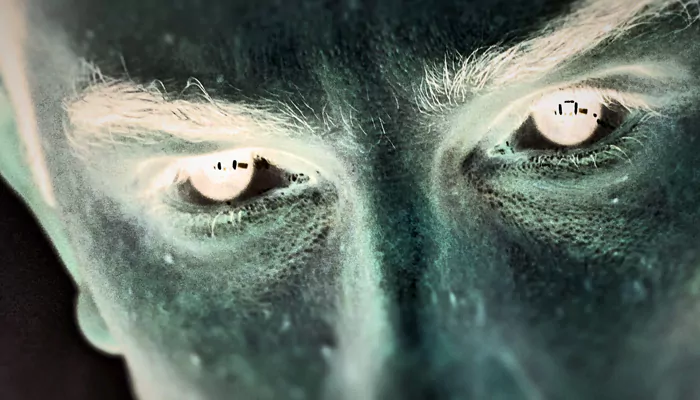
For centuries, human night vision has been a prized possession in the world of sailors. However, for a human to utilise his or her night vision, the front of the ship must be dark. Not to forget, in that era, lookouts were used to spot obstacles or other ships.
The lookouts could spot icebergs or even other ships, which to us would look like tiny white specks. In short, lookouts were the radars back in the day, with impeccable vision, and lights would’ve increased the danger instead of helping.
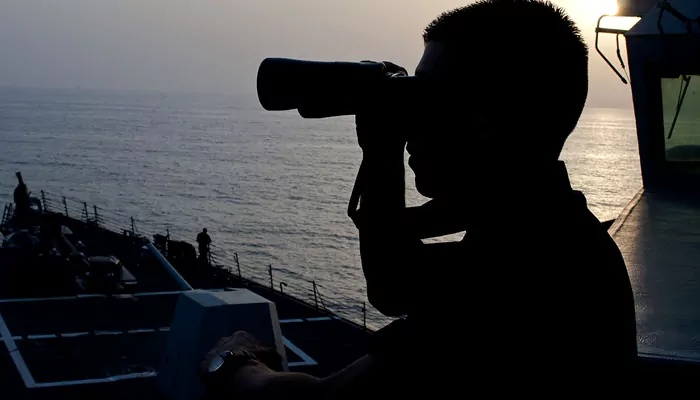
In modern times, waterways are full of buoys, which collect data and are also used as mile markers by ships. These buoys have lights on them so that they are easily visible. An overpowering headlight on a buoy could make it invisible to the naked eyes of present-day sailors, so headlights aren’t advisable.

In modern-day ships, lights are fixed in a particular position, which helps other ships identify a ship and its movement.
For example, ships have red lights on the port (left) side and green lights on the starboard (right) side. At the top of the antenna or mast, ships have white lights.
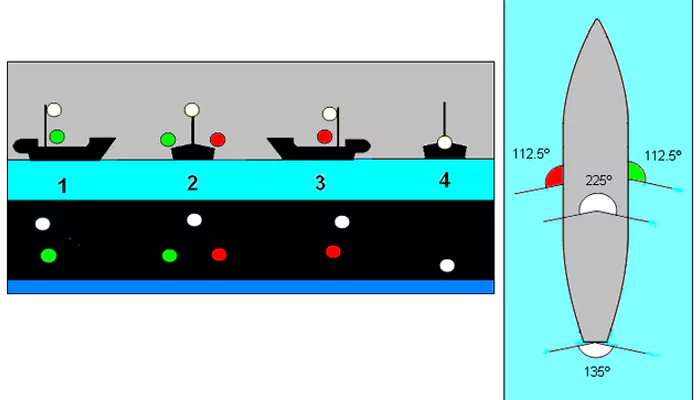
These lights help other ships to identify in which direction a ship is moving. If only red light is visible, a ship is moving from right to left. If green, the boat is moving from left to right, and if all three lights are visible, the ship is coming towards your ship.
Another point that must be noted is that today, all vessels, big or small, are fitted with radars. Therefore, it is very easy for a ship to spot another ship in the vicinity. Radars also capture other obstacles in the path.
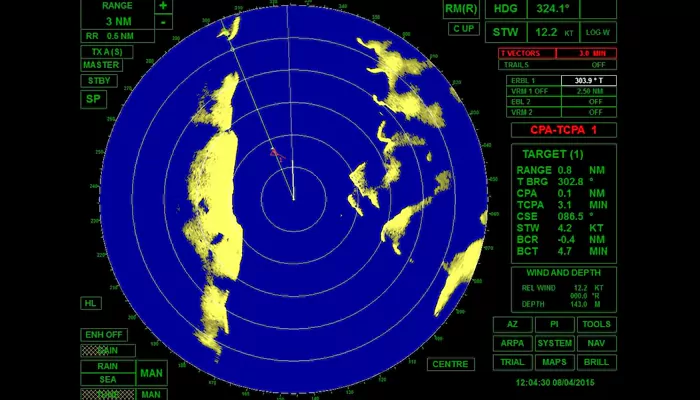
Furthermore, the earth’s waterways have been explored enough today, which wasn’t the case in 1912, when the Titanic sank. Ships now use routes where icebergs won’t appear out of nowhere.
In colder regions, ships often go through icebergs because they are designed in a certain way to endure the impact without sinking.
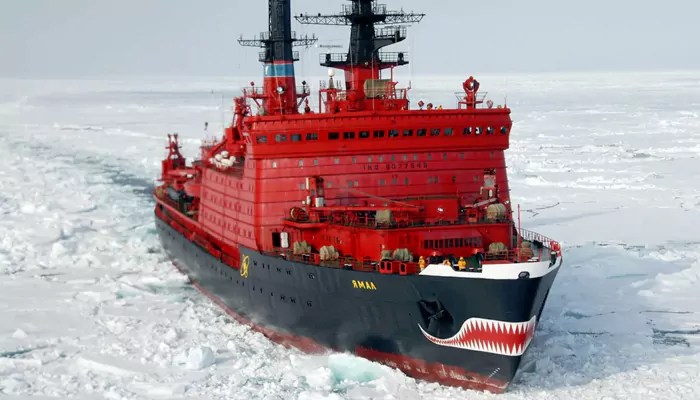
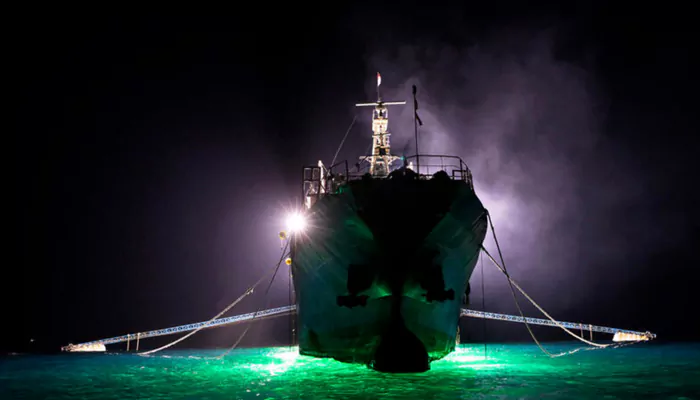
Ships are still fitted with spotlights, though. These spotlights are used for search and rescue, signalling other ships, and lighting up routes when ships pass through extremely narrow canals.